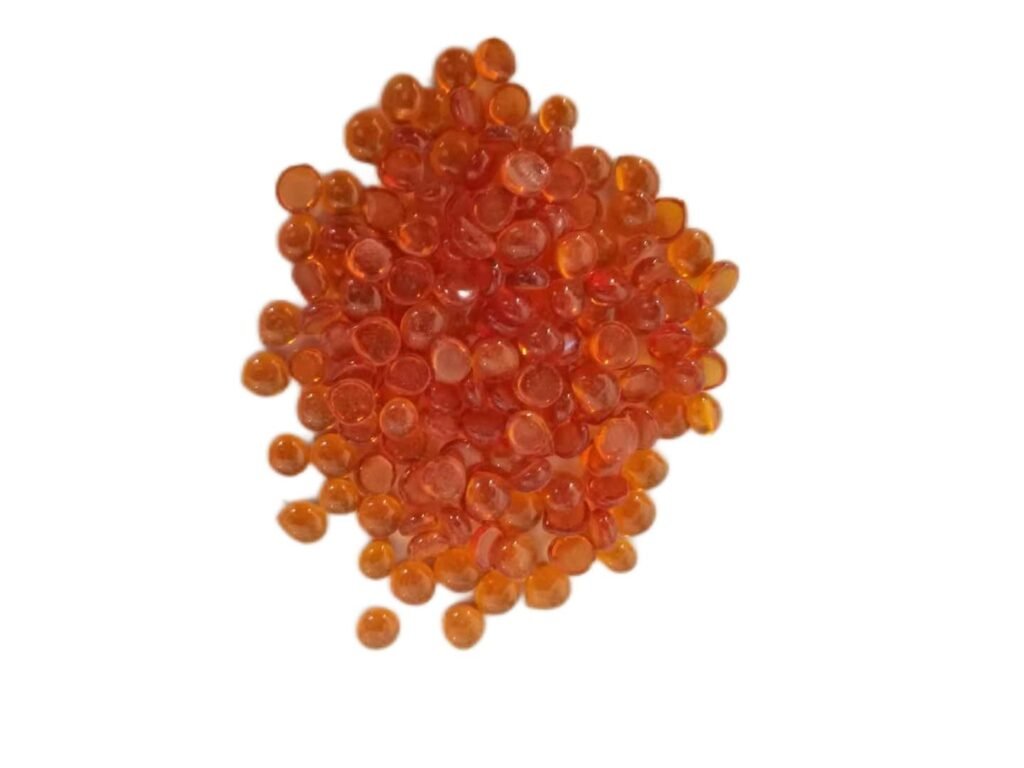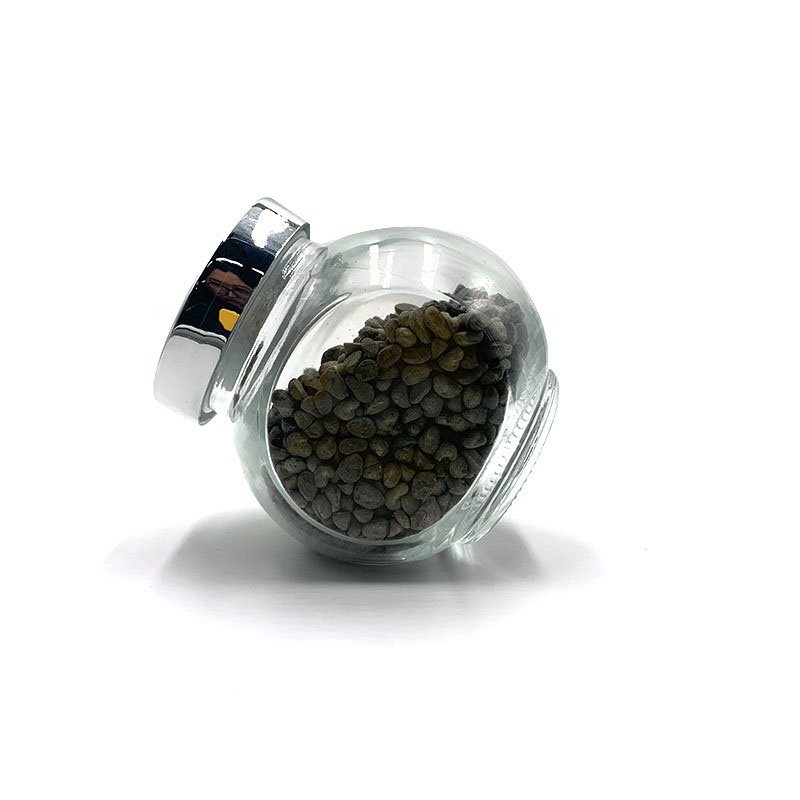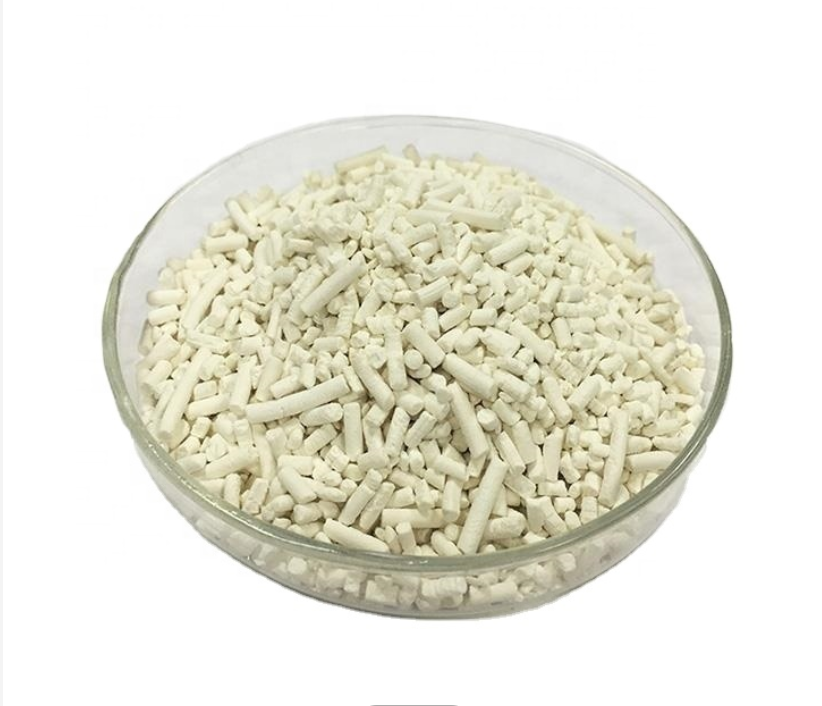×
Seis tipos de clasificación común de auxiliares de caucho

Introducción de auxiliares de caucho
Los auxiliares de caucho se refieren a una serie de productos químicos finos agregados en el proceso de procesamiento de caucho natural o caucho sintético en productos de caucho, utilizados para dar rendimiento a los productos de caucho, garantizar la vida útil de los productos de caucho y mejorar el rendimiento de procesamiento del caucho.
Los auxiliares de caucho son materias primas auxiliares importantes en la industria del caucho. Los auxiliares de caucho desempeñan un papel importante en la mejora de la tecnología de procesamiento del caucho, el ahorro de energía y la mejora de la calidad del producto. En la industria del caucho, aunque la cantidad de aditivos es relativamente pequeña, la mejora del procesamiento del producto y el rendimiento de la aplicación juegan un papel decisivo. Los auxiliares de caucho con un rendimiento excelente no solo pueden mejorar el rendimiento del procesamiento, mejorar la calidad del producto, reducir el consumo de energía y los costos de producción, sino que también previenen la degradación por envejecimiento y prolongan la vida útil. Ampliamente utilizado en caucho, neumáticos, mangueras, cintas, alambres y cables, zapatos de caucho, látex y otras industrias.




Seis clasificaciones de auxiliares del caucho
Primero– Según el método de clasificación tradicional (diferentes roles) generalmente se divide en seis categorías, que incluyen: vulcanización, protección, operación, relleno de refuerzo, unión, otros aditivos del sistema.
1. Auxiliares del sistema de curado.
Existen principalmente agentes vulcanizantes, aceleradores y activadores. (1) Los agentes vulcanizantes incluyen: ① azufre, selenio, telurio; ② compuestos de azufre; ③ Peroxígenos orgánicos; ④ compuestos de quinona; ⑤ compuestos de amina; ⑥ clase de resina; ⑦ óxido metálico; ⑧ Otros agentes vulcanizantes. (2) Los promotores incluyen: ① ditiocarbamatos; ② sales de xantato; ③ Clase Chulam; Tiazoles; ⑥ sulfonamidas secundarias; ⑦ condensados de amina y aldehído amina; Hoy en día las clases de guanidina; ⑨ Tioureas. (3) Los activadores incluyen: ① óxido de zinc; ② Óxido de magnesio; ③ Ácido esteárico, etc.
2. Auxiliares del sistema de protección.
Principalmente agentes antienvejecimiento y retardantes de llama.
- Los agentes antienvejecimiento son principalmente aminas, fenoles, heterociclos, ésteres de fosfito, ceras protectoras, etc.
Las aminas incluyen: ① sistema de amina naftaleno; ② sistema de quinolina; ③ sistema de difenilamina; (4) sistema de p-fenilendiamina.
Los fenoles incluyen: ① fenoles mononucleares de hidrocarburos; ② binucleoles alquilados; (3) polinucleoles alquilados.
Existen ésteres heterocíclicos y fosfitos. Entre las ceras protectoras se encuentran: cera microcristalina, cera molida y cera blanca.
- Los retardantes de llama incluyen: ① bromo; (2) serie de cloruro; (3) fosfato; ④ materia inorgánica.
3. Auxiliar del sistema operativo.
Existen principalmente plastificantes (suavizantes), dispersantes, homogeneizadores, viscosificadores, desmoldantes y agentes anticoque.
4. Fortalecer los aditivos en el sistema de llenado.
Existen principalmente negro de carbón, negro de carbón blanco, agente de refuerzo y relleno inorgánico y agente de refuerzo y relleno orgánico.
5. Aditivos del sistema adhesivo.
Se distinguen principalmente los sistemas a-a-blanco, los promotores de adhesión de sal de cobalto, los adhesivos de triazina, los adhesivos de inmersión y los adhesivos.
6. Otros agentes auxiliares.
Colorante, AGENTE ESPUMANTE, agente antiespumante, agente espesante, agente desmoldante, agente de pasta, agente humectante, emulsionante, estabilizador, coagulante, agente sensible al calor, conservante, agente antivaho, agente antitermitas, retardante de llama, agente antiestático, agente aromático, modificador de superficie del producto, agente de limpieza de moldes, etc.
Segundo: Según el sistema funcional, se puede dividir en 5 categorías, que incluyen auxiliares de vulcanización, auxiliares de protección, auxiliares de procesamiento, auxiliares adhesivos y auxiliares funcionales especiales.
| Fsistema funcional | Sclasificación específica | Función principal |
| Auxiliares de vulcanización | Agente vulcanizante (agente de reticulación), acelerante de vulcanización (denominado “acelerante”), agente activo vulcanizante, agente antirreversión de vulcanización, etc. | Las moléculas de caucho en cadena se reticulan y se convierten en una estructura de red tridimensional, de modo que el caucho se vuelve duro y elástico (vulcanización); acelera la reacción de vulcanización, acorta el tiempo de vulcanización, reduce la temperatura de vulcanización, reduce la dosis de aditivos, etc. |
| Auxiliares de protección | Antioxidante, agente anti-ozono, agente anti-flexión y agrietamiento, estabilizador de luz, absorbente de UV, inhibidor de metales nocivos, agente físico anti-envejecimiento, agente anti-moho, etc. | Retrasa el envejecimiento del caucho, prolonga el almacenamiento y la vida útil de los productos de caucho. |
| Auxiliares de procesamiento | Adhesivo de sistema blanco Intermethyl, potenciador de la adherencia de sal de cobalto | Se utiliza para unir caucho con cordón de fibra química o cordón de acero revestido de latón (material de esqueleto de caucho), formando un enlace químico entre materiales heterogéneos en la interfaz de unión. |
| Auxiliares adhesivos | Agente anticoque, disolvente de plásticos, plastificante, homogeneizador, dispersante, viscosificador, lubricante, auxiliar de movimiento, agente aislante y desmoldante, etc. | Mejorar las condiciones de operación, mejorar el rendimiento de procesamiento del compuesto de caucho, mejorar la eficiencia de producción, mejorar la calidad interna y la apariencia de los productos de caucho. |
| Auxiliares funcionales especiales | Agente de acoplamiento, colorante, agente espumante, retardante de llama, agente antiestático, agente aromático, etc. | Dar una función o propiedad específica a un producto de caucho. |
Tercero: Según la función, se puede dividir en 5 categorías, que incluyen agentes antienvejecimiento, aceleradores, agentes vulcanizantes y agentes activos vulcanizantes, aditivos de caucho funcionales y aditivos de caucho de procesamiento.
| Función | Clasificación específica | Función principal |
| Antioxidante de caucho | IPPD, 6PPD, TMQ, antioxidante D, MMBI, MMBZ(ZMTI) | Retrasa el envejecimiento del caucho, prolonga el almacenamiento y la vida útil de los productos de caucho. |
| Aceleradores | CBS, DSBS, CBBS, MBT MBTS, TMTD, TMTM, MBS, ETU, ZDBC, ZDEC, DPG, DIBS, TBBS, TBSI | Acelerar la reacción de curado, acortar el tiempo de curado y reducir la temperatura de curado. |
| Agentes vulcanizantes y agentes activos vulcanizantes | DTDM, DTDC, Azufre insoluble, óxido de zinc, etc. | Las moléculas de caucho en cadena se reticulan formando una estructura de red tridimensional, de modo que el caucho se vuelve duro y elástico (es decir, vulcanizado). |
| Aditivos funcionales para caucho | Viscosificante, agente reforzante, agente uniforme, agente anticoque, etc. | Mejorar las condiciones de operación, mejorar el rendimiento de procesamiento del compuesto de caucho, mejorar la eficiencia de producción, mejorar la calidad interna y la apariencia de los productos de caucho. |
| Procesamiento de aditivos para caucho | Adhesivos, etc. | Se utiliza para unir caucho con cordón de fibra química o cordón de acero revestido de latón (material de esqueleto de caucho), formando un enlace químico entre materiales heterogéneos en la interfaz de unión. |
Adelante-Según la industria de aplicación, se divide en dos categorías, que incluyen: aditivos para caucho para neumáticos y aditivos para caucho que no son para neumáticos.
1. Los aditivos para caucho de neumáticos se refieren a los productos que se aplican a los neumáticos, que se caracterizan por una pequeña cantidad de productos pero una gran cantidad.
2. Los aditivos para caucho que no son para neumáticos se refieren a los productos que se aplican a los productos de caucho que no son para neumáticos, que son todo tipo de productos de caucho que no son para neumáticos. Se caracteriza por muchos tipos de productos y muchas industrias, y luego habrá requisitos más personalizados para los productos.
Quinto-Según la capacidad de mercado o producción, se dividen en dos categorías: variedades grandes y variedades pequeñas.
1. Los productos con gran capacidad de mercado, gran consumo por parte de los clientes finales y gran conocimiento del mercado se denominan aditivos para caucho. Gran variedad de aplicaciones en una amplia gama de aplicaciones de neumáticos, la fábrica en la producción a gran escala, fácil de producir a gran escala, eficiencia, los clientes en la elección del mercado. Los productos representativos son: promotor de caucho M, DM, CZ, NS, DZ, TT, agente antienvejecimiento de caucho IPPD, 6PPD, RD, agente anti-coque de caucho CTP, etc.
2. Los productos con una pequeña capacidad de mercado, un menor consumo por parte del cliente final y un bajo conocimiento del mercado se denominan variedades auxiliares de caucho pequeñas. La variedad pequeña tiene una amplia gama de aplicaciones y muchos productos de protección del medio ambiente siguen siendo la dirección de elección de los futuros clientes. Debido a la particularidad del producto en sí, la cantidad de cada producto es pequeña y los clientes están acostumbrados a un suministro multifrecuencia y en lotes pequeños. Los productos representativos son: acelerante de caucho EZ, BZ, PZ, ZBEC, PX, TDEC, MZ, TMTM, DPTT, TBzTD, DDTS, TETD, TIBTD, etc., agente antienvejecimiento de caucho MB, MMB, MBZ, MMBZ, NDBC, 2246, etc.
Sexto-General y especial tipo.
1. Los auxiliares de caucho universales son los principales productos de los auxiliares de caucho, cuyos productos representativos son los agentes antienvejecimiento, los aceleradores, los agentes de vulcanización y los agentes activos de vulcanización, etc. Según las estadísticas pertinentes, la producción del agente aditivo de caucho general representa más de 70% de la producción total del agente aditivo de caucho en nuestro país. Los auxiliares de caucho universales se utilizan ampliamente en la industria del caucho para neumáticos y son materias primas básicas importantes utilizadas en la producción de neumáticos.
2. Los aditivos especiales para caucho de acuerdo con el tipo de producto se dividen principalmente en aditivos para caucho de procesamiento y aditivos funcionales para caucho, de acuerdo con la gama de productos se pueden dividir en adhesivos, agentes de refuerzo, agentes homogeneizantes, agentes antiadherentes, adhesivos, etc. La producción de caucho de la empresa con resina fenólica (incluida la resina viscosa, la resina de refuerzo, la resina adhesiva, etc.) son las principales variedades de aditivos especiales para caucho. Los aditivos especiales para caucho también se utilizan ampliamente en la industria del caucho para neumáticos.
Ponerse en contacto
Póngase en contacto con nosotros
Tabla de contenido
Más popular
Elastómeros termoplásticos (TPE): TPR, TPV y TPU
septiembre 7, 2025
Elastómeros termoplásticos (TPE): SBS, SEBS, SIS, SEPS
septiembre 1, 2025
En clave
Artículos Relacionados
Elastómeros termoplásticos (TPE): TPR, TPV y TPU
Thermoplastic Elastomers (TPE): TPR, TPV, and TPU Thermoplastic Elastomers (TPE) are a versatile class of polymers that combine the processing advantages of plastics with the flexibility and resilience of rubber.
Colorantes ácidos WPACHEM – Colorantes de primera calidad para textiles, cuero y aplicaciones industriales
WPACHEM Acid Dyes – Premium Colorants for Textiles, Leather & Industrial Applications WPACHEM supplies a wide range of Acid Dyes known for their brilliant shades, excellent solubility, and outstanding dyeing
Elastómeros termoplásticos (TPE): SBS, SEBS, SIS, SEPS
Thermoplastic Elastomers (TPE): SBS, SEBS, SIS, SEPS Thermoplastic elastomers (TPE) are a versatile class of polymers that combine the processing advantages of plastics with the elasticity of rubber. They can
Colorantes de azufre: propiedades, aplicaciones y variantes clave
Sulfur Dyes – Properties, Applications, and Key Variants Sulfur dyes are one of the most widely used classes of dyes in the textile industry, especially for cotton and other cellulosic
¡Obtenga soluciones químicas gratuitas!
Enlace rápido
- info@wpachem.com
- +86 21 38122699
- +86 21 38122699
- Habitación 910, Bloque A, Wolicity, No. 2419, Hunan Road, Pudong, Shanghai. PC.201204
© 2026 WPA Chemical. All rights reserved
Política de privacidad. pulverizado por WPACHEM





